“I am now fifteen years post Stage 3 Brain Cancer, recurrence-free. I did this through luck, through medical care, and through creating things that needed to be finished. I can tell you from the bottom of my being that I know this much is true: when you write your thoughts, create your images, and most especially when you connect with others by sharing them, the sadness and terror go away.”
An interview with author, advocate, artist, teacher, and 15-year brain cancer survivor; Richard Harvey
Good morning Richard. Thank you for joining me for this blog post today. You have been an inspiration to me since meeting you in 2015 (just after my own brain cancer journey began) and right before you published “20 Poems 20 Paintings A Creative Warrior’s Journal.”
Wendy: Can you please share a synopsis of your journey?
Richard: I am an author, educator, artist, and activist. I recently created a social and emotional learning curriculum book called, “Dreamsmithing A Creative Warrior’s Journey.” I love the way the introduction sums up what I’ve been through and how these experiences informed what I have become, so I’ll share it here:
“My name is Richard Harvey. I designed Dreamsmithing A Creative Warrior’s Journey for you. The ideas behind this class began on April 13th, 2005, when doctors rushed me into emergency brain surgery. When I woke up, they had removed a cancerous brain tumor. My identity as a continuation school teacher in Long Beach, California, and as a husband and father who provided for my family’s needs came to a screeching halt. Two weeks after the surgery, the neurosurgeon who saved my life told me I had six to eighteen months to live. Once the wounds on my skull healed, I began seven weeks of brain radiation. I had lost the person I had thought I was and felt nothing but uncertainty in my life. The radiation treatments made my body hot and sweaty. I bolted awake about eight times a night, changed my drenched t-shirt, and moved to the living room to avoid waking my wife. [I began writing and] in those moments, I forgot my worries! Sometimes, I even got back to sleep. Artists of all kinds call the experience of forgetting everything else and just enjoying creativity “flow.” Being in flow is like being a kid, lost in coloring with crayons. All of us can do this as we grow older, but we forget it’s there. Yet we need it more than ever as we deal with the stresses of being teens and adults. This class offers you many opportunities to experience flow. Enjoy, and try to remember it’s there for you when the course is over! During radiation therapy, I became friends with numerous seriously ill patients. As we compared experiences and supported each other, I began sharing my poems. The words that healed me started helping others. I began to feel I had a purpose again. Being of service was at least as healing as creativity had been for me. I had discovered the two other foundations of Dreamsmithing—Healing Through Connectivity and Healing through Service.”
Wendy: That is a beautiful introduction, Richard. And, congratulations on nearly a decade and a half of being stable! Will you do anything special next month to celebrate your craniversary?
Richard: I will create, I will connect, I will rest, and I will do what I can to help more people by getting the word out about Dreamsmithing.
Wendy: Sounds perfect. Can we talk about your book, “20 Poems 20 Paintings A Creative Warrior’s Journal?” I read somewhere that your original intention was to publish a book of poems and paintings and that “quickly evolved into a desire to develop an interactive platform that recipients could co-create in and share out of.” In the book, you provide prompts and suggest the reader is co-creating it as a journal with you. What led to the shift in format?
Richard: I recognized more value in sharing the experiential processes that inspired my creative products, and the social-emotional connections they encouraged vs. the poems and paintings on their own. I envisioned people exploring their healing through creativity, connectivity, and service, while co-creating 20 Poems 20 Paintings A Creative Warrior’s Journal. I set up the book so the poems and paintings would scaffold their learning.
Wendy: I genuinely appreciate the unique layout you chose. My favorite poems, prompts, and paintings change every time I look at your book. Today my favorites are: “Cancer Gets Served.” I love the pastel chalk painting of you (the warrior) handing cancer (Death) a pink slip pp.33-35.and “Living In The Minute” pp.73- 75.
Wendy: What is/are your favorite poem(s), prompt(s), painting(s)?
Richard: “A Note to Cancer” is my signature empowerment poem. It moves people. “Chemo Brain” is a crowd-pleaser because of the humorous way it describes the brain fog of chemo. ‘Cancer Gets Served’ was one of the most satisfying images to paint. And it came out pretty bad-ass! “Lesson 1” shows a human figure below water. It was the most challenging to create. It felt great to see how that turned out. I love all of the paintings and poems. Each improved my quality of life (QOL) when I most needed it. Since then, I have seen them help thousands of people improve theirs as well. Medical research has proven that QOL improvements make cancer patients happier, they are life-extending, and maybe even life-saving. What’s not to love?
Wendy: I agree, Richard. You are so wise. In the book, you encourage people to “imagine how getting and feeling better will be.” How did visualizing impact your recovery?
Richard: It was a respite when I was in the pit. If nothing else, it was a welcome escape strategy, but I honestly believe much of what we experience in life is inspired by what we imagine beforehand. I visualized desired outcomes before doctor visits when I wanted referrals for non-Western treatments like acupuncture. I thought about how receiving what I wanted would feel. At any moment beforehand, it sure felt better than worrying about what might not happen.
Wendy: If you were to create a follow-up book what would it look like?
Richard: I have created two of them. I co-authored Creating Recovery with an artist educator and addiction therapist named Judy Kepes. This book helps people fighting to maintain sobriety move emotional obstacles out of their way so they can stay clean. The excerpt I shared, in the beginning, is from Dreamsmithing A Creative Warrior’s Journey. That is a curriculum book I initially created for at-risk youth. It might end up in the recovery world as well.
Wendy: Tell us about Creative Warrior Ventures.
Richard: It’s the business entity that all of my outreach and marketing efforts go through. I left the name open-ended because I’m open to collaborating with people who share in my mission of providing Transformational Healing Through Creativity, Connectivity, and Service. This is what I want to do. I’m a fifteen-year brain cancer survivor. Since I have this 2ndChance2Live, I want to do something worthwhile with my time.
“Since I have this 2ndChance2Live, I want to do something worthwhile with my time.”
Wendy: I know you say that “connectivity is one of life’s most powerful healing forces.” What advice do you have for someone newly diagnosed with this disease or any other form of cancer?
Richard: Ask for help. Everything I have talked about doing here involved getting help, in one way or another. Find your inspired community of support. It doesn’t have to be about creativity if that’s not your thing. You should center what you do around something that inspires your love and passion. It should involve giving back in some way. Try to give from a place of non-attachment to recognition. Satisfaction will not come from outside. Find people who have experienced common challenges and want to talk about them, in an empowering way. If you don’t like a group, leave it, and find something that works. You are the boss; the doctor is your employee. Sometimes employees don’t work out. Sometimes you have to fire a doctor to become well. Weed out people who are not beneficial. Don’t gossip, it is poison to your happiness.
Wendy: Such great advice. I enjoyed the “Vocabulary of Hope: A List You Can Add To” at the end of the book. For those that haven’t seen it–this is an alphabetical listing that starts with Acceptance and ends with Wonder. What other words would you add to this list now?
Richard: I will add anything appropriate anyone suggests in the next print. After you’ve seen the book, please email suggestions to: [email protected].
Wendy: How can interested people purchase the book and how much does it cost?
Richard: The book is $20 plus shipping. It’s available on Amazon but if you click on the image below it will take you to PayPal. This is my preferred book purchase option because I can sign the books people buy before mailing them out.
Wendy: What are you visualizing for 2020?
Richard: I want to get Dreamsmithing into schools for at-risk youth. I pitched it to a major charter school group on January 13th of this year and they’re interested. So now, here’s to making that happen! Otherwise, one project at a time and more time to rest are outcomes I’m visualizing.
Wendy: Thanks for the great interview, Richard. For anyone interested in learning more, the following is Richard’s social media and contact information:
Business email: [email protected]
Website: http://creativewarriorventures.com/
Facebook: https://www.facebook.com/20pp20pp/
Instagram: https://www.instagram.com/namhoanomo/
Twitter: https://twitter.com/Creativ_Warrior
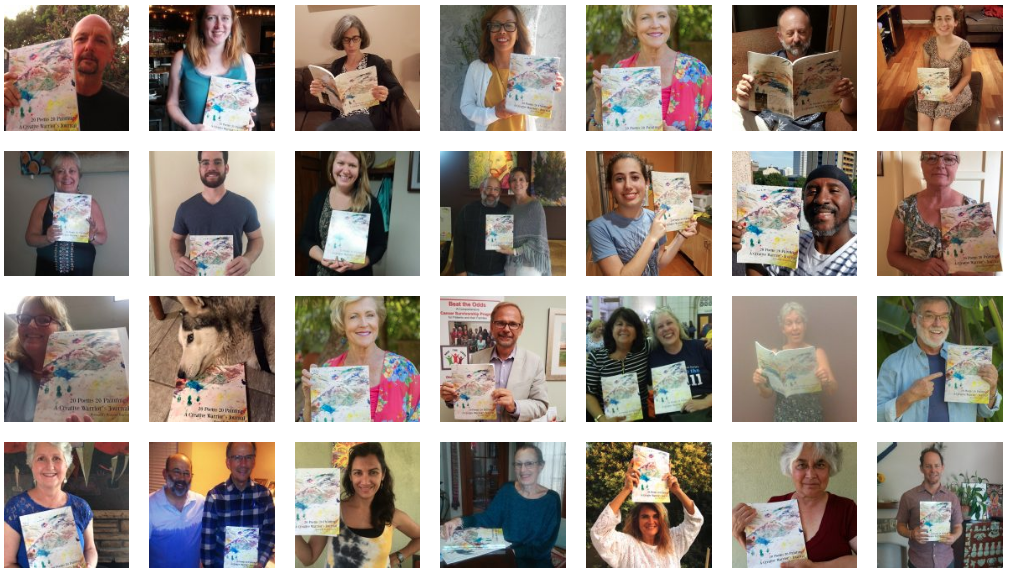

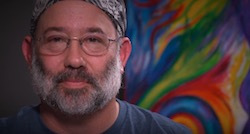
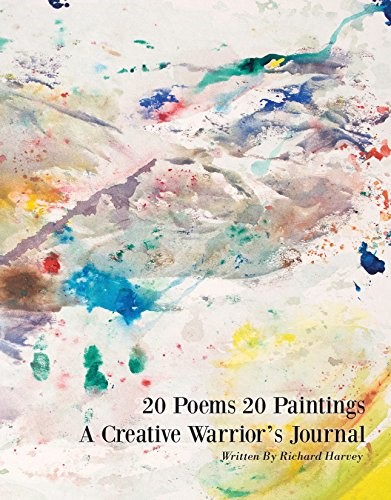

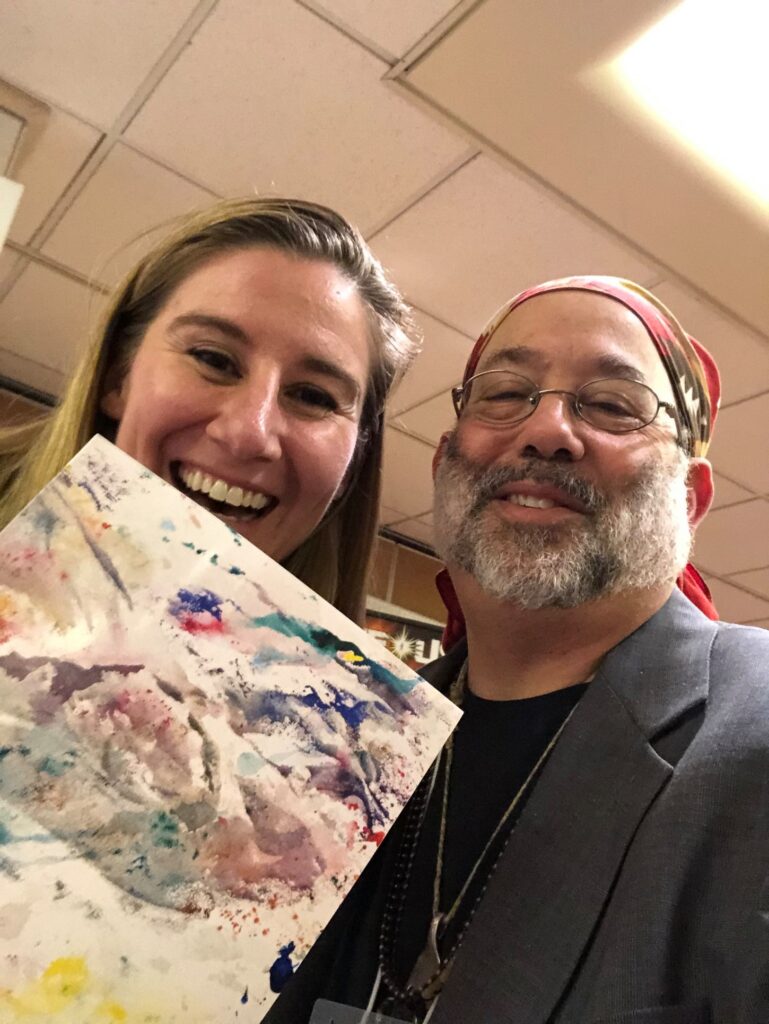
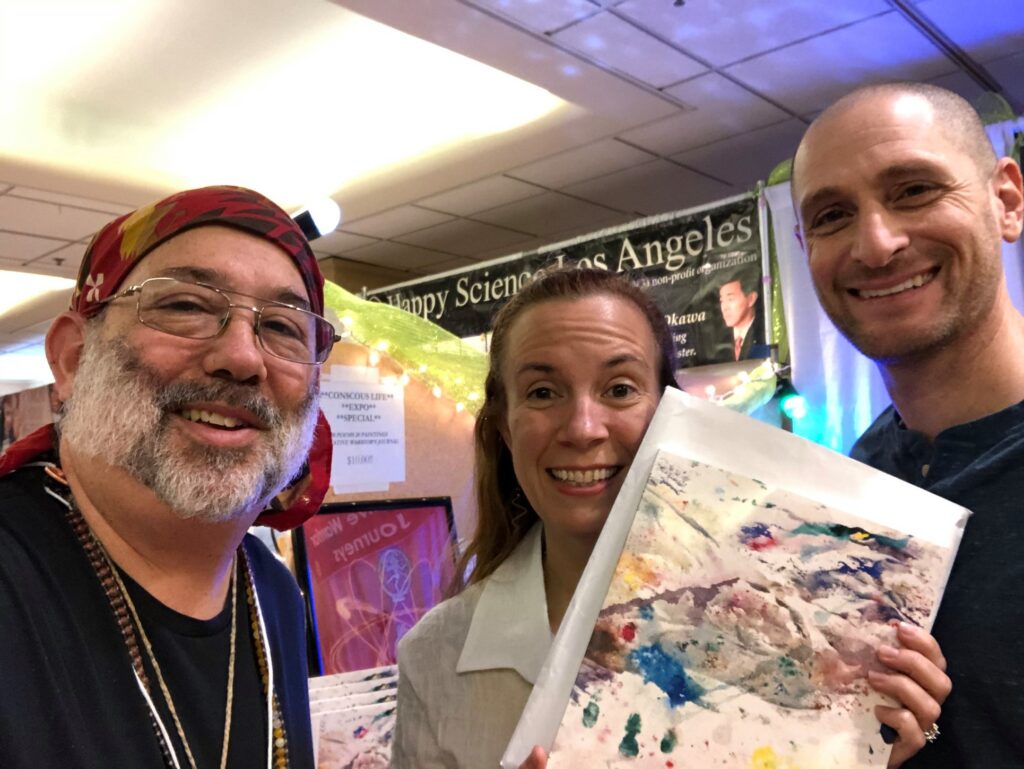
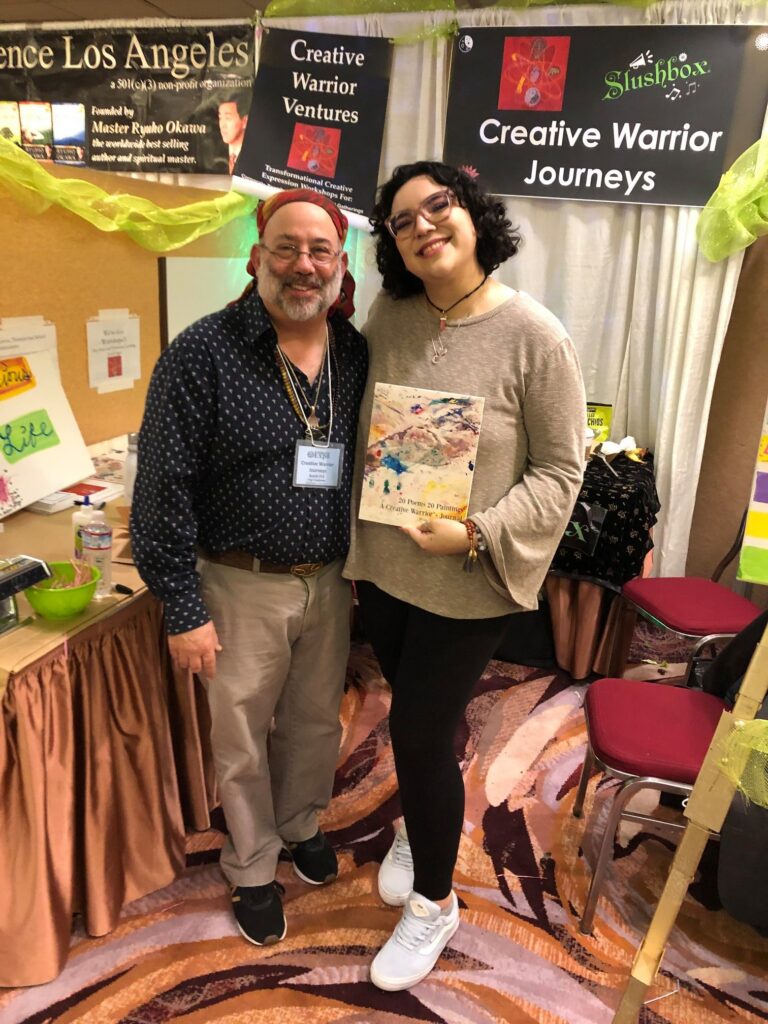

 Hello. My name is Wendy and I’m a recovering workaholic. I'm also a brain tumor/cancer survivor.
The purpose of this blog is to share my experiences, memories, resources, and self-discoveries as I continue to transform from a workaholic into a more balanced person. I have read several books and stories about others who have had similar experiences
Hello. My name is Wendy and I’m a recovering workaholic. I'm also a brain tumor/cancer survivor.
The purpose of this blog is to share my experiences, memories, resources, and self-discoveries as I continue to transform from a workaholic into a more balanced person. I have read several books and stories about others who have had similar experiences 